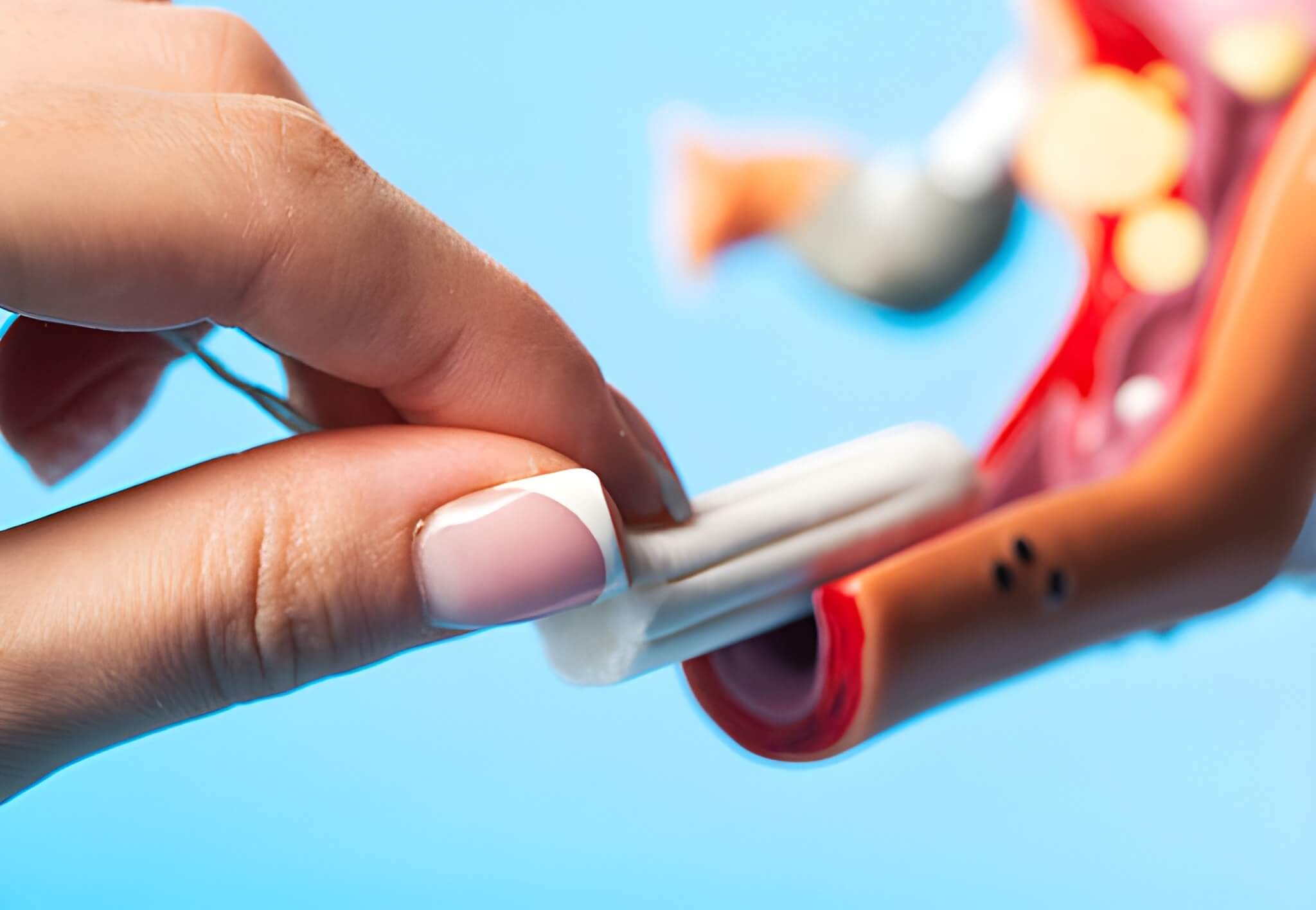Medically Reviewed by Dr. Meghan Killilea Galli — HealthGardeners
An intrauterine device (IUD) is one of the most reliable forms of birth control available today. But whether your IUD has reached the end of its effective life, you’re planning a pregnancy, or you’re experiencing side effects, eventually you’ll need to think about IUD removal.
If you live in Hartford, Connecticut, you may be wondering: How is an IUD removed? Is it painful? What if it’s embedded?
As a Family Nurse Practitioner specializing in women’s health, I’ll walk you through what to expect from a routine IUD removal, explain procedures for more complex cases like embedded IUD removal or hysteroscopy IUD removal, and share when to seek help from a specialist.
Why IUD Removal Is Needed
IUDs are highly effective, but they’re not permanent. Common reasons for removal include:
-
Expiration: Hormonal IUDs last 3–7 years, copper IUDs up to 10–12 years.
-
Planning pregnancy: Fertility usually returns quickly after removal.
-
Side effects: Cramping, irregular bleeding, or pain.
-
Complications: Displacement or embedment in the uterine wall.
Routine IUD Removal: What to Expect
Most IUD removals are quick and simple, performed in your provider’s office in Hartford.
Steps:
-
A speculum is placed to visualize the cervix.
-
Using sterile instruments, the provider gently pulls on the IUD strings.
-
The IUD’s arms fold, and it slides out through the cervix.
-
The process typically takes only a few minutes.
Discomfort level:
-
Most women feel mild cramping or pressure, but not significant pain.
-
Over-the-counter pain relief (like ibuprofen) may help with cramping afterward.
Embedded IUD Removal
In some cases, the IUD may become embedded in the uterine wall (myometrium).
Signs may include:
-
Severe cramping or pain
-
Irregular or heavy bleeding
-
Strings that are difficult to locate or missing
Options for Removal:
-
Office removal with instruments if partially embedded.
-
Ultrasound-guided removal for better visualization.
-
Hysteroscopy IUD removal if the IUD is fully embedded or perforated.
Hysteroscopy IUD Removal
When a standard office removal isn’t possible, your provider may recommend a hysteroscopy IUD removal.
What it involves:
-
A thin camera (hysteroscope) is inserted into the uterus.
-
This allows direct visualization of the IUD.
-
Specialized tools are used to safely remove the device.
This procedure may be done under local anesthesia in-office or, in more complex cases, in a surgical setting.
IUD in Myometrium Removal
If the IUD has migrated deeply into the myometrium (uterine muscle wall), removal becomes more complex.
Treatment options:
-
Hysteroscopic removal (if accessible through the cervix).
-
Laparoscopic surgery may be required if the device has perforated through the uterine wall.
While rare, this is why follow-up appointments and annual exams are important after IUD insertion.
Risks of Delaying IUD Removal
Leaving an IUD in place after expiration or if embedded can increase risks such as:
-
Uterine infection
-
Pelvic pain
-
Difficulty removing the device later
-
Rarely, infertility due to complications
For Hartford women, scheduling timely removal with a trusted provider prevents these risks.
After IUD Removal: What to Expect
Symptoms:
-
Light spotting or mild cramping for 1–2 days.
-
Return to normal menstrual cycles within weeks (for hormonal IUDs).
-
Fertility typically returns quickly — sometimes within the same month.
Contraception after removal:
-
If you don’t want to become pregnant, use backup birth control immediately.
IUD Removal in Hartford: Where to Go
Local Hartford healthcare providers offering IUD removal include:
-
Hartford HealthCare Women’s Health
-
Saint Francis Hospital Women’s Center
-
UConn Health OB/GYN services
These clinics handle both routine and complex removals, including hysteroscopic and surgical procedures if needed.
FAQs About IUD Removal
1. Is IUD removal painful?
Most removals are quick and cause only mild cramping.
2. What if my IUD is embedded?
Your provider may use ultrasound or hysteroscopy for embedded IUD removal.
3. What is hysteroscopy IUD removal?
A minimally invasive procedure using a small camera to safely remove difficult IUDs.
4. Can I get pregnant right after IUD removal?
Yes, fertility usually returns immediately.
5. What if my IUD strings are missing?
Your provider may use ultrasound to locate the IUD and plan safe removal.
Final Thoughts
For most Hartford women, IUD removal is a straightforward, in-office procedure. In rare cases where the IUD is embedded or has migrated into the myometrium, more advanced techniques like hysteroscopy IUD removal may be needed.
The most important step is to see a trusted Hartford provider who can evaluate your situation, remove the device safely, and discuss your next steps for contraception or pregnancy planning.
At HealthGardeners, I’m committed to helping women make informed choices about their reproductive health and ensuring that care is safe, compassionate, and local.
Disclaimer: This is informational content, not a substitute for professional medical advice.

Meghan Killilea Galli, APRN, FNP-BC, is a Connecticut-based board-certified Family Nurse Practitioner with over 5 years of experience in urology, women’s pelvic health, and primary care. She practices with Hartford HealthCare and Griffin Faculty Practice Plan and founded Health Gardeners to share reliable, evidence-based health information.
Read More
